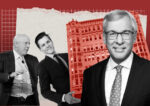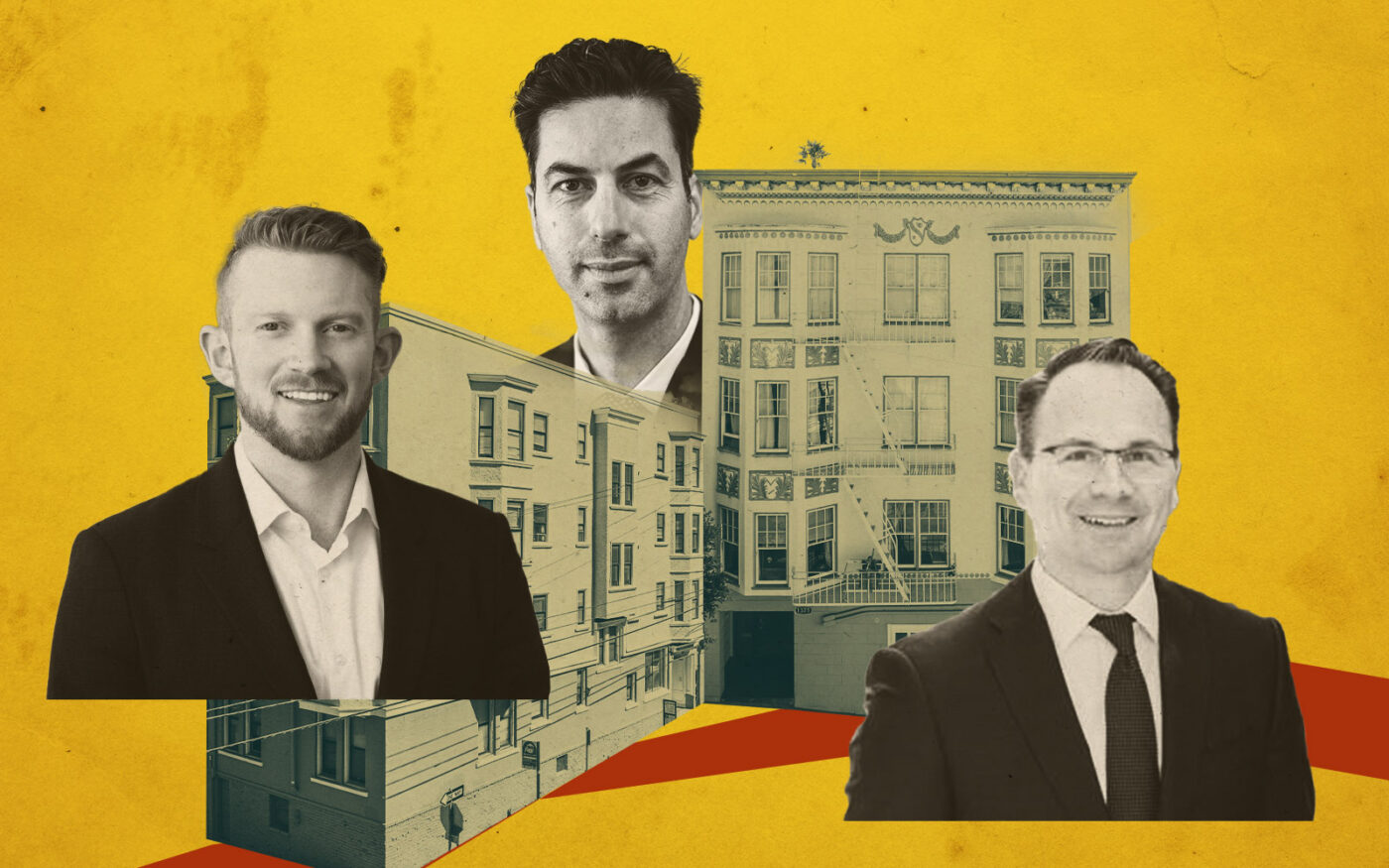Some new faces appeared on the buy side of the San Francisco apartment market this year. The newcomers are picking up deals on multifamily buildings that are selling for slightly more than last year, but still trading at prices not seen in nearly a decade, according to multifamily agents.
San Francisco apartment sales volume increased by 31 percent year-over-year compared to 2023, and there was a 69 percent rise in closed transactions for properties with 10 or more units, according to Colliers data. The market really gained momentum towards the end of the year, as private equity and institutional investors made a return, said Colliers Executive Vice President Dustin Dolby, often with new players at the helm.
“The Veritases, the Ballasts of the world, those used to be the names,” he said, referencing two of the large institutionally backed owners that have seen portfolio-level defaults of late. “Now there’s like-kind groups that are a lot smaller but they’re able to buy 10, 12 buildings a year. In 2023, those groups were not there. We were relying on private clients only.”
Ironically, the widespread distress among the bigger players in the market may have attracted those new buyers, he added.
“It brought in a lot of big institutions, again, to focus on San Francisco and that’s what you want. The more capital you have in your market, the more investment you’re going to have,” he said. “They took six months to re-educate themselves on the market and a lot of them still have a directive to own here.”
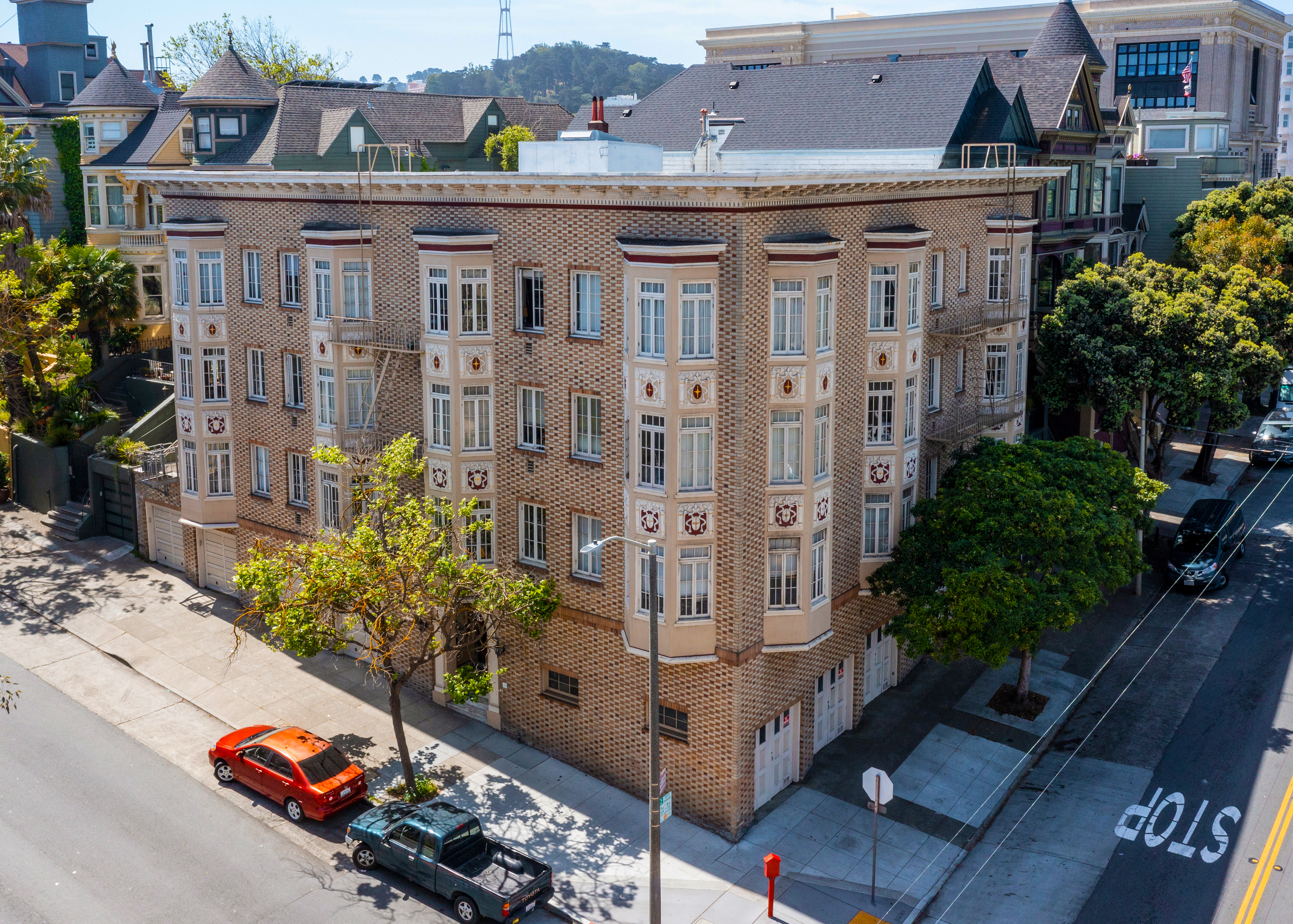
Colliers listed 655 Steiner Street, an 18-unit trophy building in Alamo Square, for $5.7 million in August and it went for $125,000 over asking after 12 offers came in from private and institutional investors, according to the brokerage. It was part of a four-building portfolio that also included 1040 Fulton Street, which is another large building in Alamo Square, and two smaller buildings in Mission Dolores. All four sold swiftly to a range of different buyers, from local seasoned investors to tech workers making their first forays into multifamily.
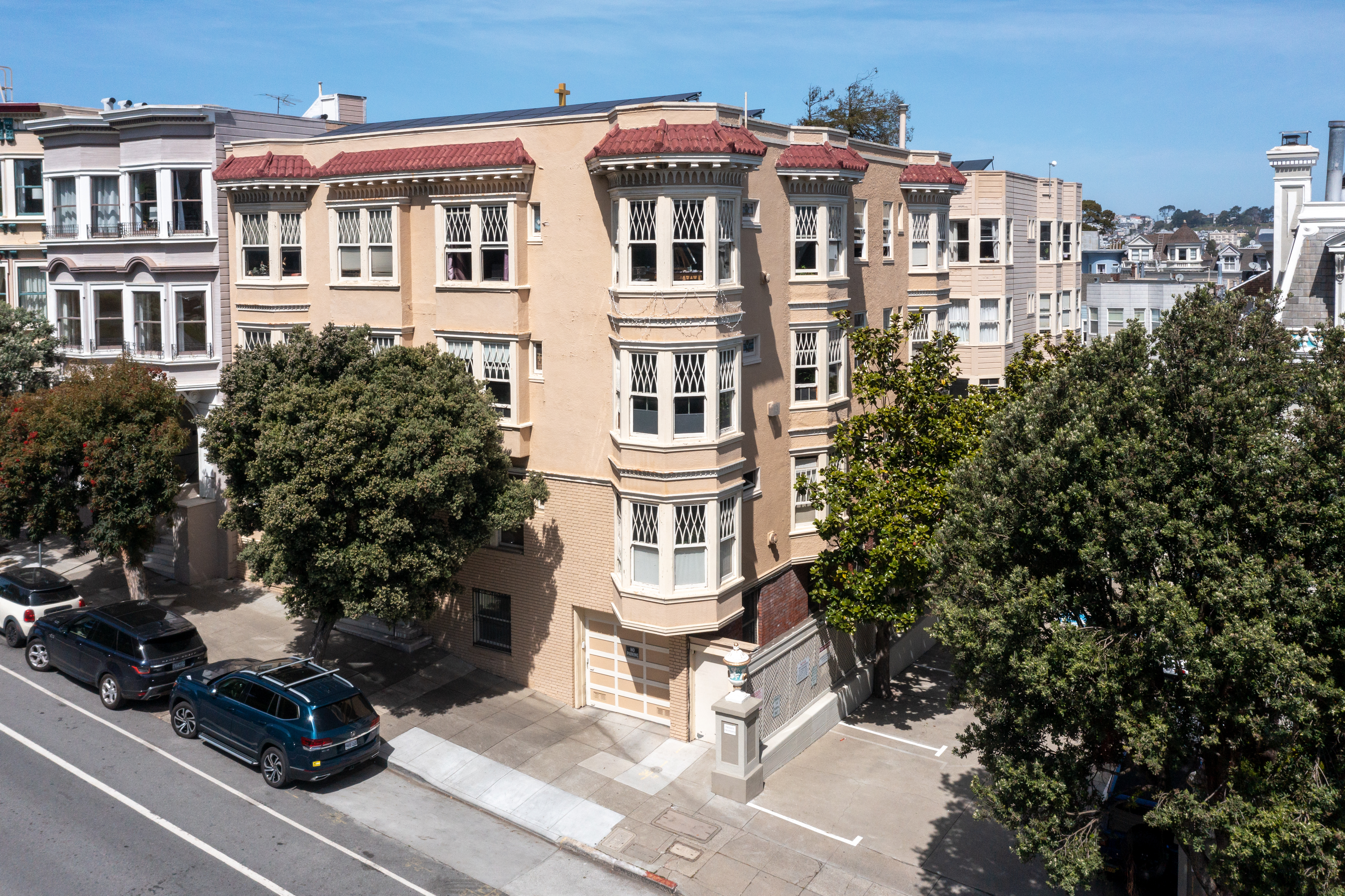
Increased availability on the lending front have propelled deals as well. Citizen Bank has stepped in for First Republic, which had been a major apartment lender in the city before it went under early last year. A lot of former First Republic loan officers went to Citizen after the bank was seized and sold to JPMorgan Chase, Dolby said. Chase has “really stepped up in a big way,” he added.
Past the bottom
In a market newly invigorated with buyers and funding, more inventory is coming to the market. Even if prices are still between 2015 and 2019 levels, depending on the asset, just being past the bottom of the market has provided a psychological motivator to encourage some sellers to list properties they had been holding onto, Dolby said.
“There’s a lot of mental aspects to owning real estate and people just didn’t want to sell in the distress of last year,” Dolby explained. “They’re feeling like now there’s some footing and we’re back to the days when we’re getting four or five offers, while in 2023 you were begging for one.”
The ever-increasing regulatory pressures on owners is also contributing to the rise in inventory, said Compass Commercial Senior Vice President Adam Filly. With institutional investors back in the game, many of the city’s longstanding mom-and-pop landlords are taking the opportunity to throw in the towel.
“Every year the city makes owning and operating rental property more burdensome for small property owners, pushing many good landlords to sell,” he said. “Without some balance of rights between tenants and landlords, we will see more families selling their properties to larger investment funds.”
The great divide
Institutional investors have received positive signals from renters, especially on the high end. Their interest stems from the rise in interest rates and the AI boom, according to Regional Leasing Director Inna Rubinchik at Compass. The number of new-to-San Francisco renters has risen, she said, as have the number of roommates looking to find a place together to save on rents.
“I handle a lot of repeat business and every property I leased this year rented for the same or higher price than before,” she said.
Young people continue to value the flexibility of renting, she added.
“People have plenty of money but little interest in long-term commitments,” she said, referencing a two-bedroom, one-bathroom unit in the Marina that was on for $7,000 and ended up renting at $7,750 to a couple who “didn’t want to be tied down to a single property.”
There’s a dividing line in the city separating its popular northern neighborhoods from its less desirable Downtown areas, said Ramon Kochavi, District Manager for the Bay Area at Marcus & Millichap. Apartments in Cow Hollow, North Beach, Pacific Heights and the Marina are seeing “a robust market with a ton of desirability with rents moving in the right direction” while neighborhoods such as the Tenderloin and the Mission are not.
“The recovery started but it has bifurcated,” he said. “Not all the boats are rising at the same time.”
Nob Hill has been a perfect case in point for the recovering market, Dolby said. Last year, there were few sales in the neighborhood just north of the Tenderloin because renters could still afford nearby Russian Hill and North Beach. Now that those neighborhoods have gotten more expensive, Nob Hill is on the table again for renters and investors, he said, with six deals on buildings over 10 units closing in the neighborhood in the last month alone.
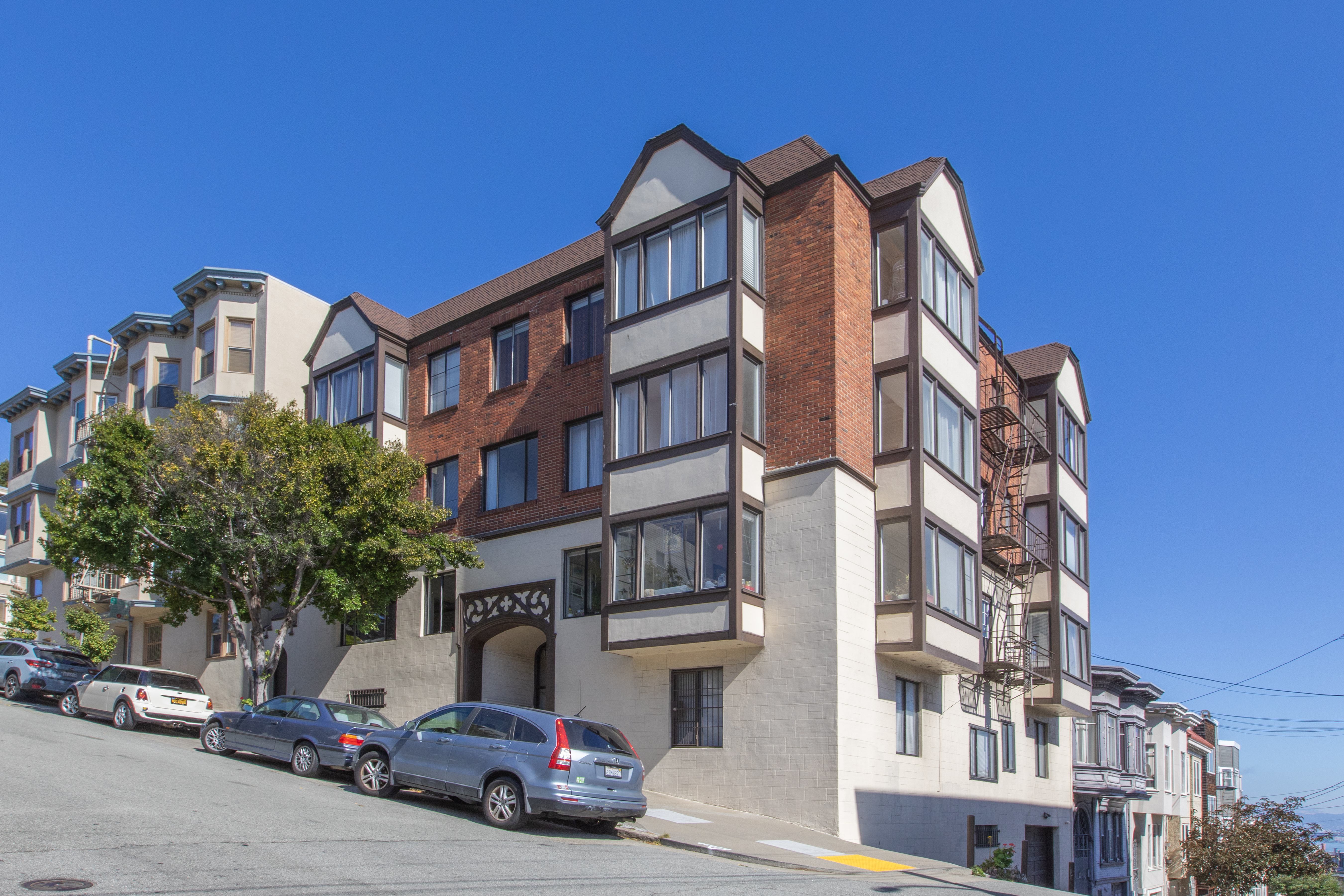
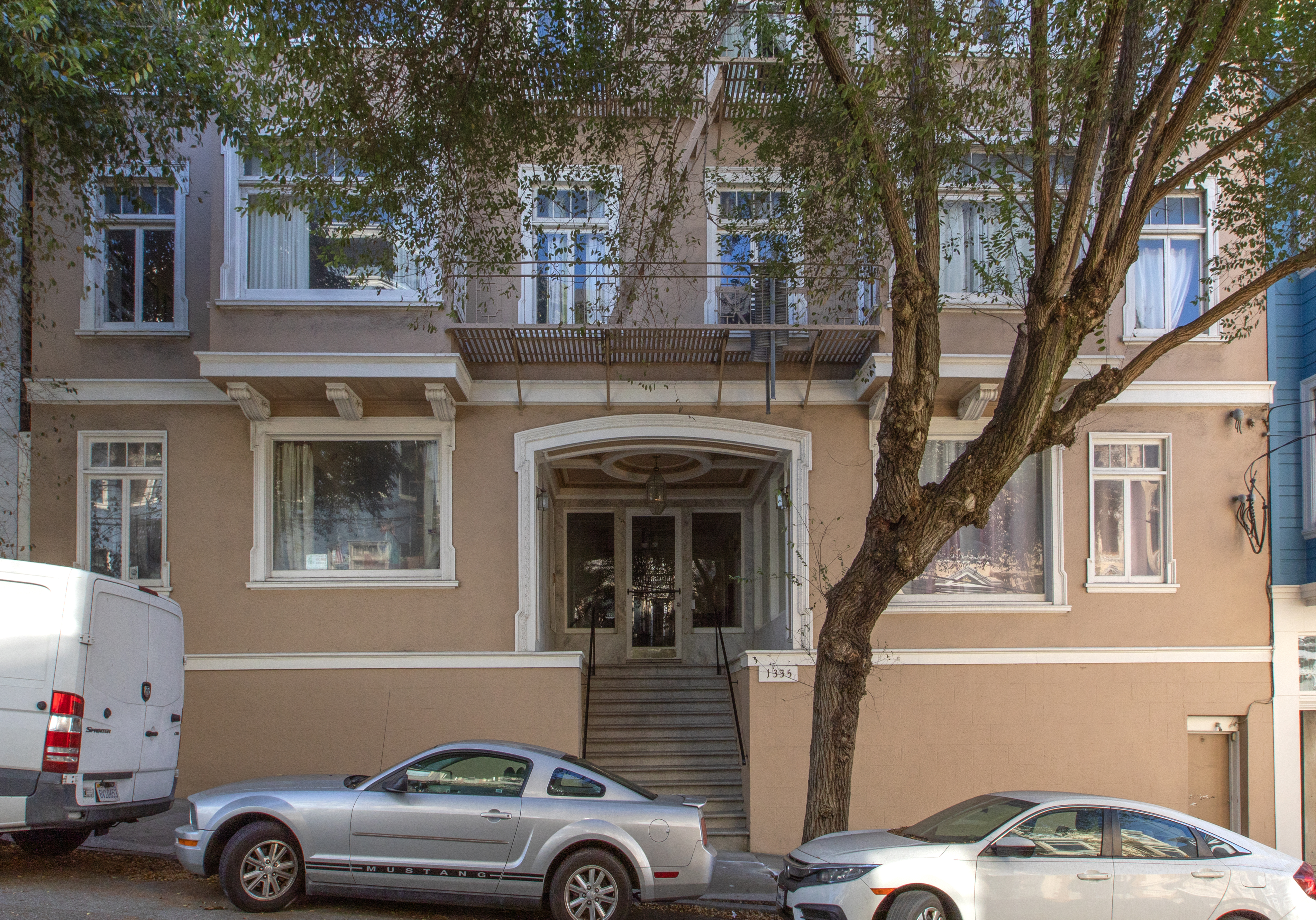
“Nob Hill gets you a higher yield, a little more of a discount compared to other places in the city, and it has a really good story,” he said. “Nob Hill got dragged into Downtown during COVID and rightfully so. You had a lot of issues with vagrants and whatnot moving their way up the hill, but now that’s cut off at Bush or Pine. Anything north of that is true Nob Hill and people want to live there again.”
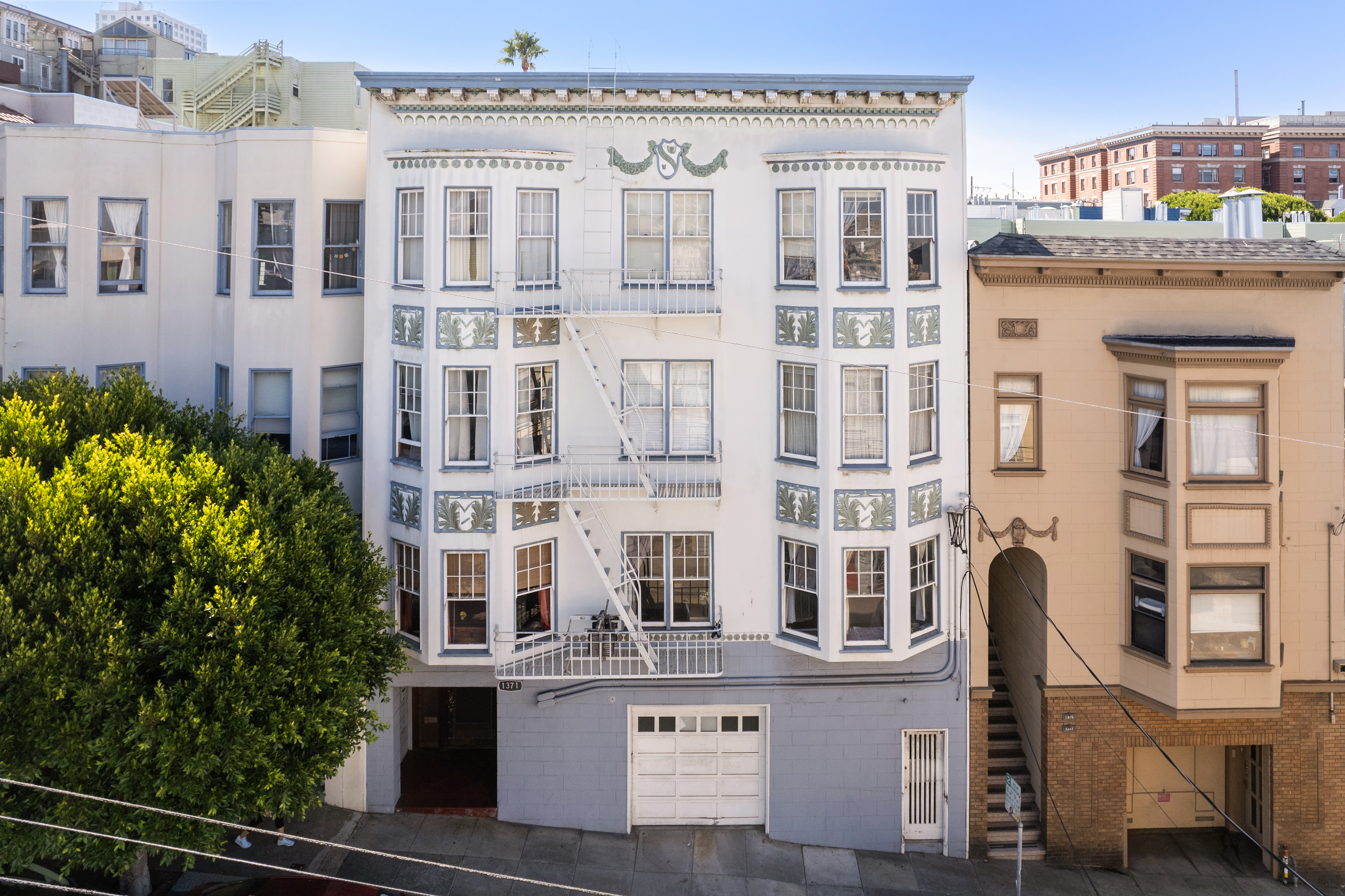
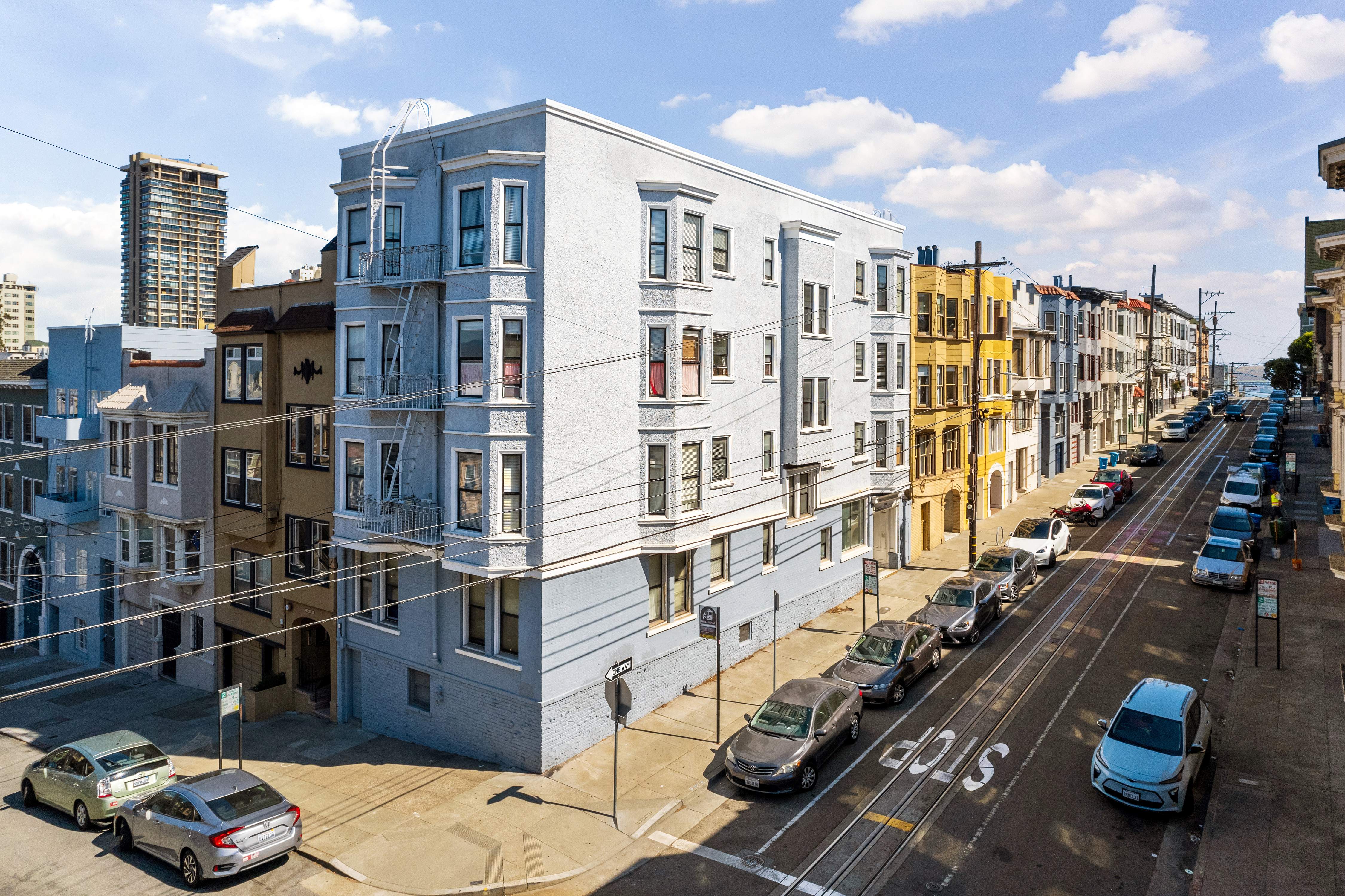
Filly was the listing agent on four of those Nob Hill apartment buildings, which he said went to two different investment groups that are both new to the city this year. With 15 units a piece, 1290 Jackson Street and 1371 Jackson Street sold for a combined $8.95 million to one group. The second set of buildings, 14-unit 1335 Washington Street and 13-unit 1630 Jones Street, sold to a different group for a combined $8.5 million.
“Outside of Downtown, our neighborhoods are thriving,” he said.
“Back in business”
Given the current optimism among buyers, the readiness of capital and the willingness of sellers, even a small drop in interest rates could have a big impact on the market in 2025, agents agreed.
Kochavi connects the rebound thus far in the market to a brief window this fall when 10-year Treasury notes dropped to about 3.7 percent, which “opened the floodgates for a quick six weeks” providing a “wonderful proof of concept.” for capital. The 10-year T-note isn’t directly connected with interest rates, he said, but generally they rise and fall together. In the latter half of this year, multifamily buyers essentially showed that they could get a five-year fixed mortgage somewhere in the 5.5 to 5.75 percent range and still do business, he said.
If Donald Trump ends up being less extreme and divisive than his election-year rhetoric and the country gets “a normal presidency with a little flair,” Kochavi said he expects “a continued soft landing in the U.S. economy” next year, which he predicts would bring the 10-year back down from its current rate around 4.5 percent.
“Every building gets evaluated on its core, but generally speaking. I think the reset to the correct cap rate has already occurred,” he said, pinning it at 5.5 to 6 percent, compared to just under 4 percent during the era of 3 percent mortgages and less than 1 percent for 10-year returns. “My assumption is that somewhere next year we’ll hit that 3.7 rate again and we’ll be back in business.”
Read more
